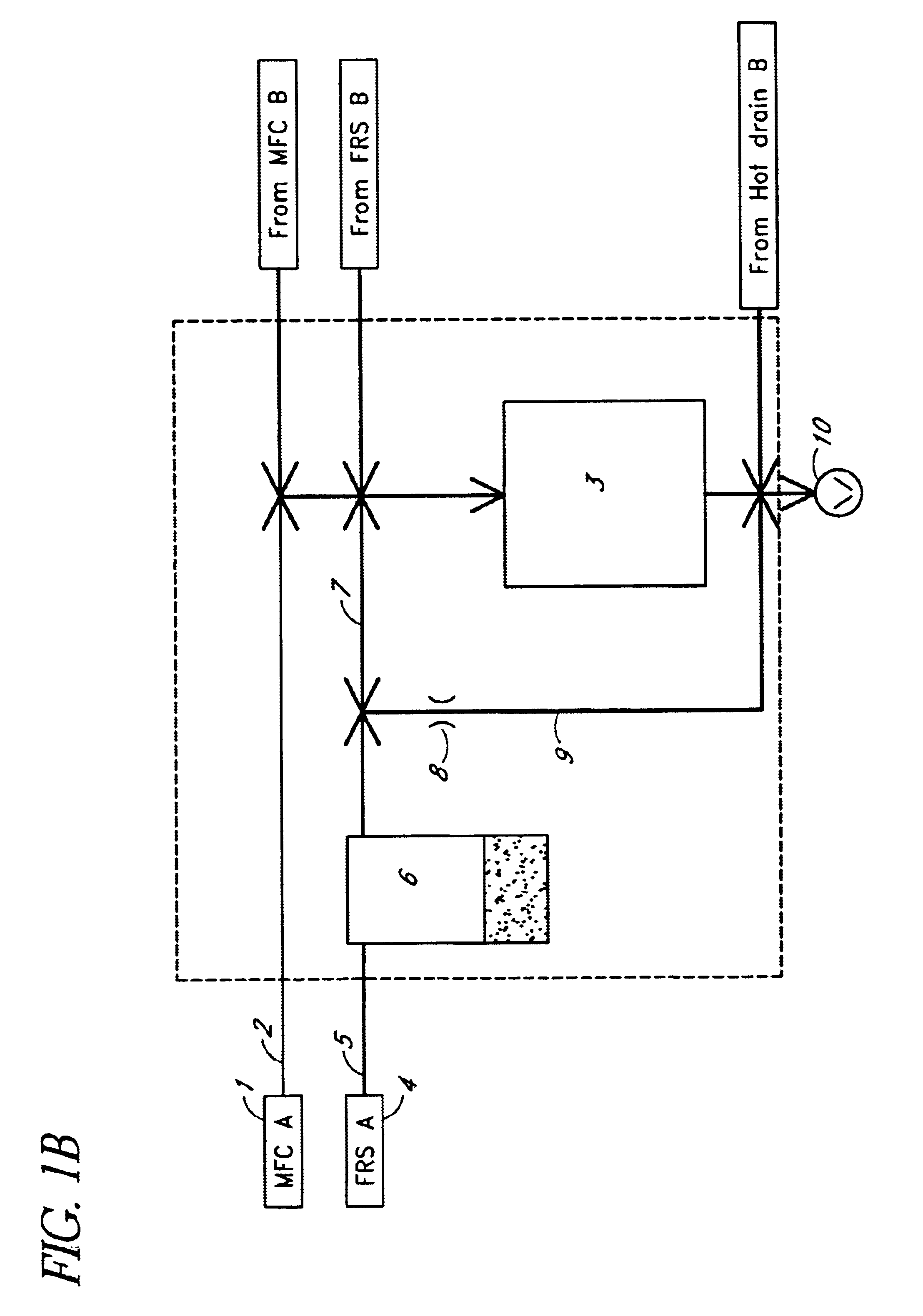Method of growing a thin film onto a substrate
a technology of thin film and substrate, which is applied in the direction of crystal growth process, chemical vapor deposition coating, coating, etc., can solve the problems of affecting the quality of deposited thin film, risk of microparticle formation already in the infeed, and stringent requirements on the valves employed for controlling the dosing, so as to increase reliability and reduce downtime
- Summary
- Abstract
- Description
- Claims
- Application Information
AI Technical Summary
Benefits of technology
Problems solved by technology
Method used
Image
Examples
Embodiment Construction
[0030]The present invention provides a method of growing a thin film onto a substrate, in which method a substrate is placed in a reaction chamber and said substrate is subjected to surface reactions of a plurality of vapor-phase reactants according to the ALD method to form a thin film.
[0031]The method comprises generally the steps of vaporising a reactant from a reactant source, conducting the vaporised reactant to the reaction chamber via a first conduit, feeding said reactant into said reaction chamber in the form of vapour-phase pulses repeatedly and alternately with vapour-phase pulses of at least one other reactant, and causing said vapour-phase reactants to react with the surface of the substrate at a reaction temperature to form a thin film compound on said substrate. The vaporised reactant can be conducted through a purifier before feeding it into the reaction chamber.
[0032]The present invention comprises basically replacing leak-tight mechanical valves conventionally used...
PUM
| Property | Measurement | Unit |
|---|---|---|
| response time | aaaaa | aaaaa |
| temperatures | aaaaa | aaaaa |
| response time | aaaaa | aaaaa |
Abstract
Description
Claims
Application Information
 Login to View More
Login to View More - R&D
- Intellectual Property
- Life Sciences
- Materials
- Tech Scout
- Unparalleled Data Quality
- Higher Quality Content
- 60% Fewer Hallucinations
Browse by: Latest US Patents, China's latest patents, Technical Efficacy Thesaurus, Application Domain, Technology Topic, Popular Technical Reports.
© 2025 PatSnap. All rights reserved.Legal|Privacy policy|Modern Slavery Act Transparency Statement|Sitemap|About US| Contact US: help@patsnap.com



